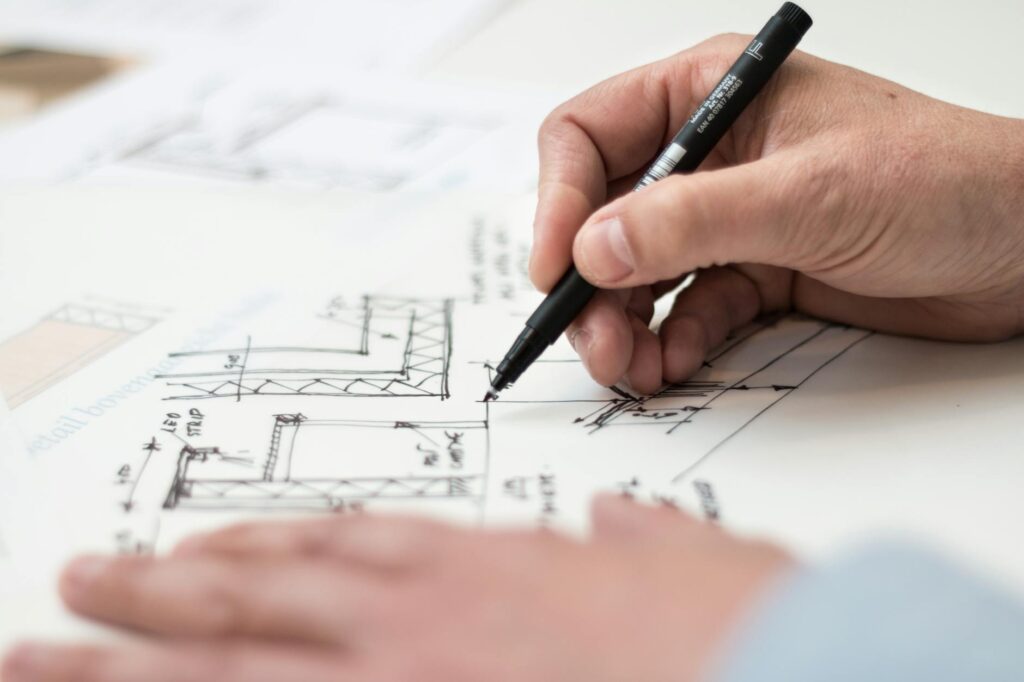Welcome! This blog post will delve into the fascinating world of architecture, exploring its history, different styles, and the impact it has on our lives. We’ll uncover the principles behind great design and how architects shape our cities and communities.
A Brief History of Architecture
From the ancient pyramids of Egypt  to the modern skyscrapers that pierce the clouds, architecture tells a compelling story of human innovation and ingenuity. Early forms of architecture were driven by practical needs—shelter, protection, and storage. Over time, however, architecture became a powerful means of expression, reflecting cultural values, beliefs, and technological advancements. We can trace the evolution of architectural styles from the classical orders of Greece and Rome to the Gothic cathedrals of the Middle Ages, each period leaving its own unique mark on the built environment. Learn more about architectural history.
to the modern skyscrapers that pierce the clouds, architecture tells a compelling story of human innovation and ingenuity. Early forms of architecture were driven by practical needs—shelter, protection, and storage. Over time, however, architecture became a powerful means of expression, reflecting cultural values, beliefs, and technological advancements. We can trace the evolution of architectural styles from the classical orders of Greece and Rome to the Gothic cathedrals of the Middle Ages, each period leaving its own unique mark on the built environment. Learn more about architectural history.
Architectural Styles Through the Ages
The diversity of architectural styles is truly remarkable. Think of the ornate detailing of Baroque architecture  , the elegant simplicity of Bauhaus, or the futuristic forms of Deconstructivism. Each style boasts distinctive features and reflects the cultural and social context of its time. Understanding these styles allows us to appreciate the nuances and complexities of the built world around us. Consider reading up on famous architects and their contributions.
, the elegant simplicity of Bauhaus, or the futuristic forms of Deconstructivism. Each style boasts distinctive features and reflects the cultural and social context of its time. Understanding these styles allows us to appreciate the nuances and complexities of the built world around us. Consider reading up on famous architects and their contributions.
The Principles of Good Design
What makes a building truly great? It’s not just about aesthetics, although that plays a significant role. Good design considers functionality, sustainability, and the impact on the surrounding environment. Key principles include proportion, scale, balance, rhythm, and harmony. Architects strive to create spaces that are both beautiful and functional, serving the needs of the people who use them. For example, sustainable design is a growing area of importance.
Modern Architectural Innovations
Today, architecture is at the forefront of innovation, pushing the boundaries of design and technology. We see the rise of 3D printing in construction, the integration of smart technologies, and the use of sustainable materials. Modern architects are increasingly focused on creating buildings that are energy-efficient, environmentally friendly, and responsive to the needs of a changing world. [IMAGE_3_HERE] Take a look at this article on modern architectural marvels.
The Impact of Architecture on Our Lives
Architecture shapes our daily experiences, influencing our moods, behaviors, and interactions with our surroundings. The design of a building can impact everything from our productivity at work to our sense of community. A well-designed building can inspire, comfort, and even heal. Conversely, poorly designed spaces can be inefficient, unpleasant, and even harmful. The importance of good urban planning and accessible design cannot be overstated. Explore the psychology of architecture.
Conclusion
Architecture is more than just bricks and mortar; it’s a reflection of human creativity, innovation, and our relationship with the built environment. By understanding the principles of design and appreciating the diverse range of styles, we can gain a deeper appreciation for the buildings that surround us and the role they play in shaping our world. [IMAGE_4_HERE]
Frequently Asked Questions
What is the difference between architecture and engineering? While both are crucial in building design, architecture focuses on the aesthetic and functional aspects, while engineering handles the technical and structural aspects.
How do I become an architect? Typically, you’ll need a professional degree in architecture, followed by several years of experience before you can become a licensed architect.
What are some of the biggest challenges facing architects today? Some key challenges include sustainability, affordability, and creating inclusive and accessible designs.
What are some well-known architectural styles? Examples include Gothic, Baroque, Neoclassical, Art Deco, and Modern.
What software do architects use? Architects use various software such as AutoCAD, Revit, SketchUp, and others for design and modeling.

